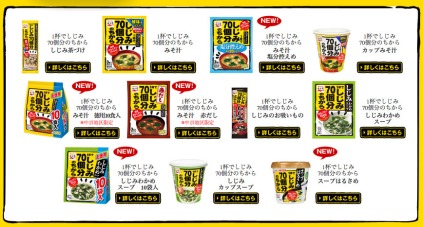Two years ago, my hubby and I signed the paperwork that made us officially married. Among the things that we bonded over years ago was our love for seafood – specifically crabs. We realized this during a trip to San Francisco where we both busily scarfed down a whole dungeness crab each in 20 minutes flat, barely speaking to each other or our friends who only shared a clam chowder while staring at us in amazement like they were watching monkeys giving birth in the zoo. For that, I still offer condolences to our friends whose view of us dramatically changed that day. I offered them an award if they could find any meat left in those crab shells. They didn’t take me up on that offer. I think they were still in shock.
So this anniversary, we decided to hit Tsukiji and have a simple seafood feast at home. And oooo was it worth it! Tsukiji was packed on Saturday early afternoon, filled with locals, weekend browsers, restaurant goers, and a ton of tourists. We pressed our way through the crowds searching for crabs and hit the jackpot!
For about 6000 yen, we picked up a half a dozen oysters, 2 live Japanese Zuwai crabs, and a dozen clams. Before going home, we stopped to have a chirashi bowl (bowl of rice topped with sashimi – first photo). This is my favorite thing to eat at Tsukiji. Most tourists go to the sushi restaurants, but in my opinion, sushi in Tokyo is just as good.
Peeling and cracking crab over candle light isn’t as romantic as going to a restaurant, but I wouldn’t have traded in this meal for any other. Here’s to decades more of happy, crab-filled life together, hubby!














